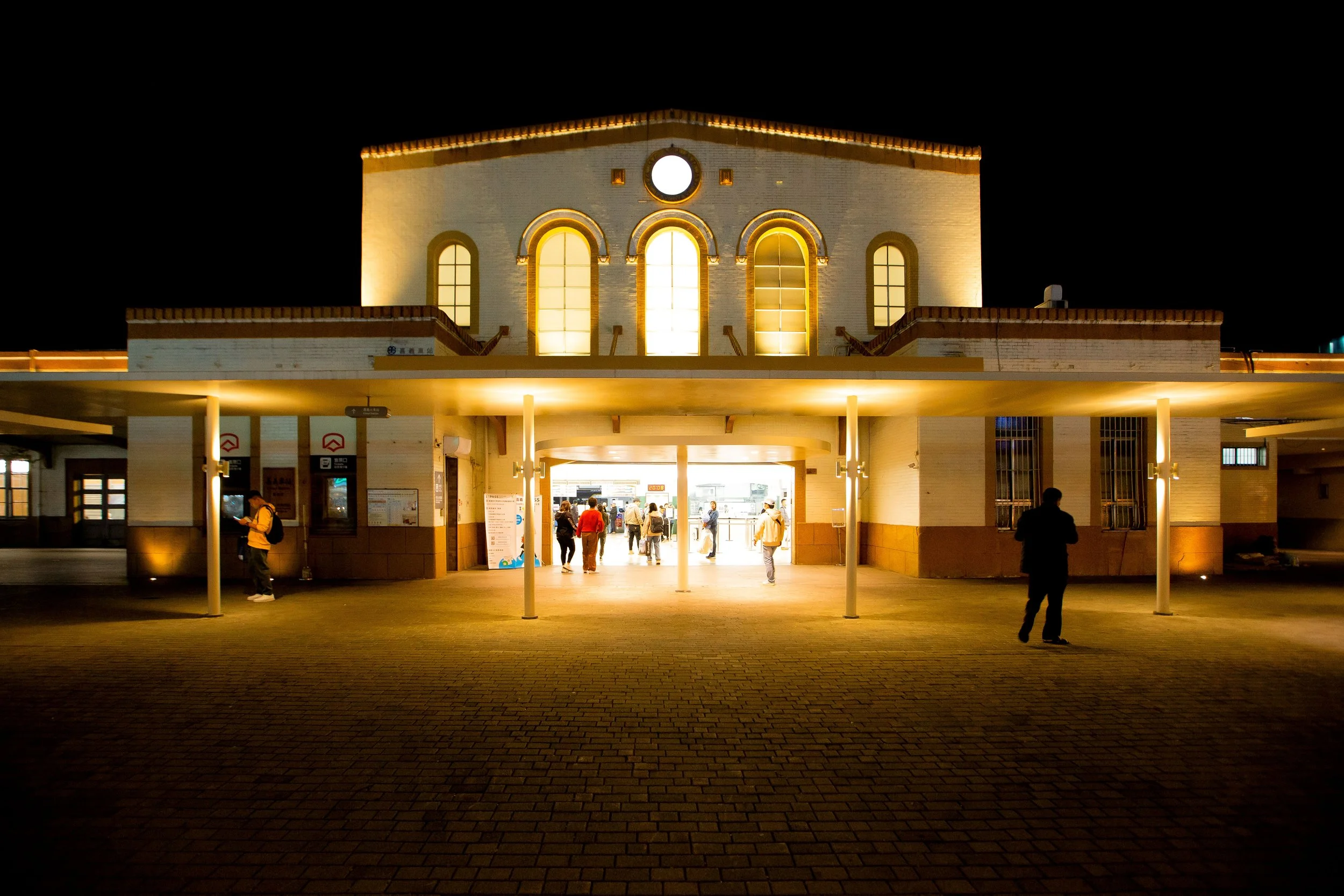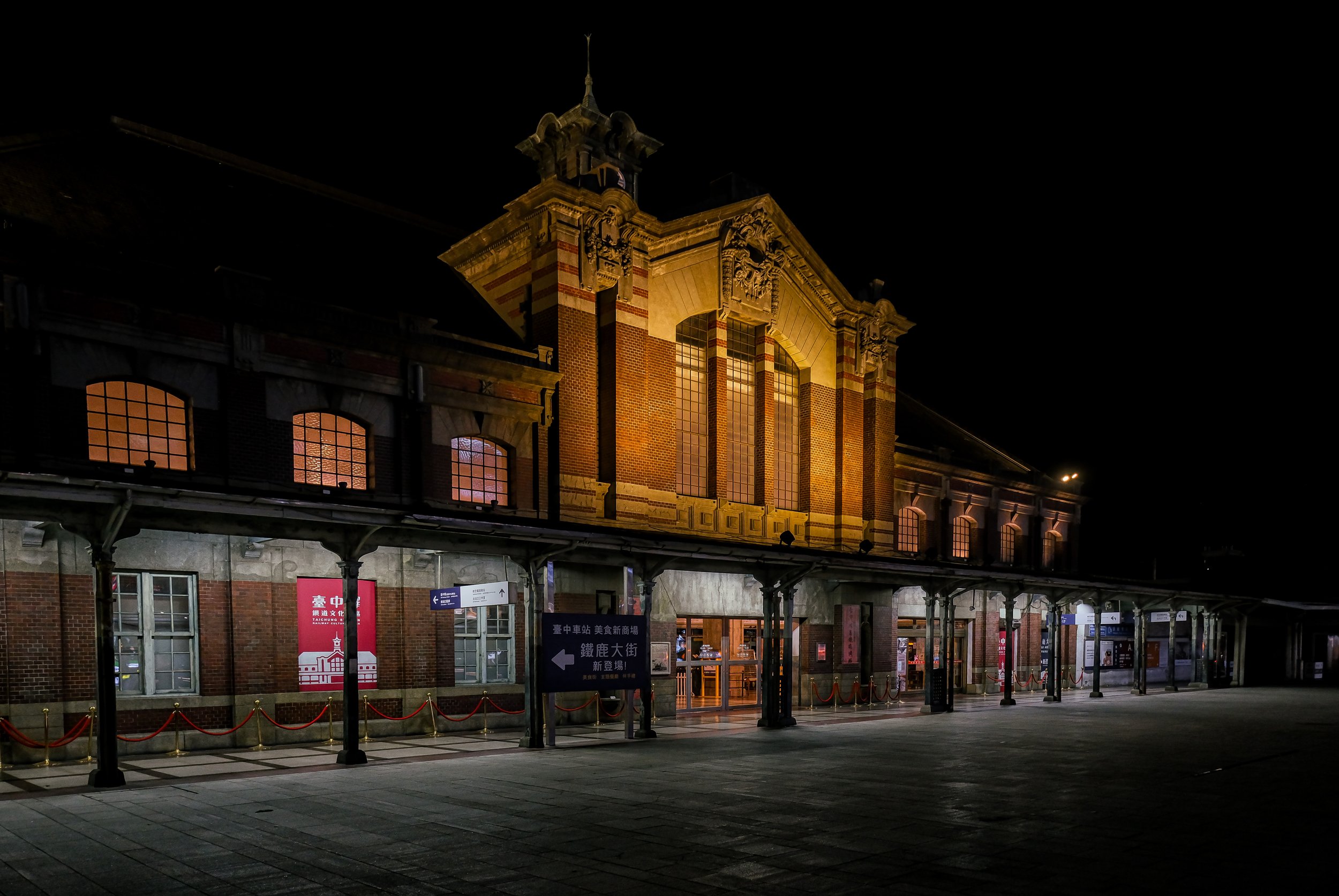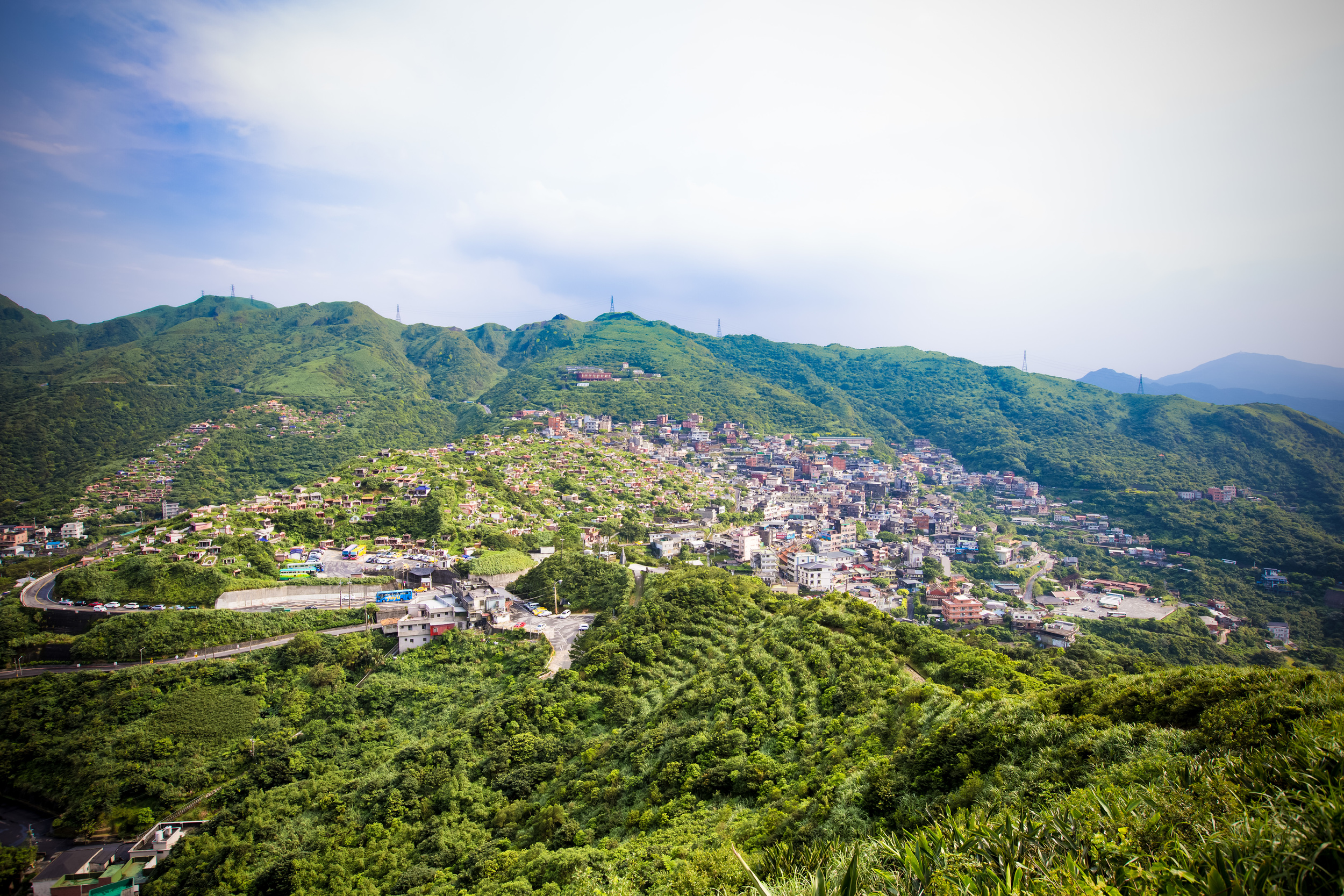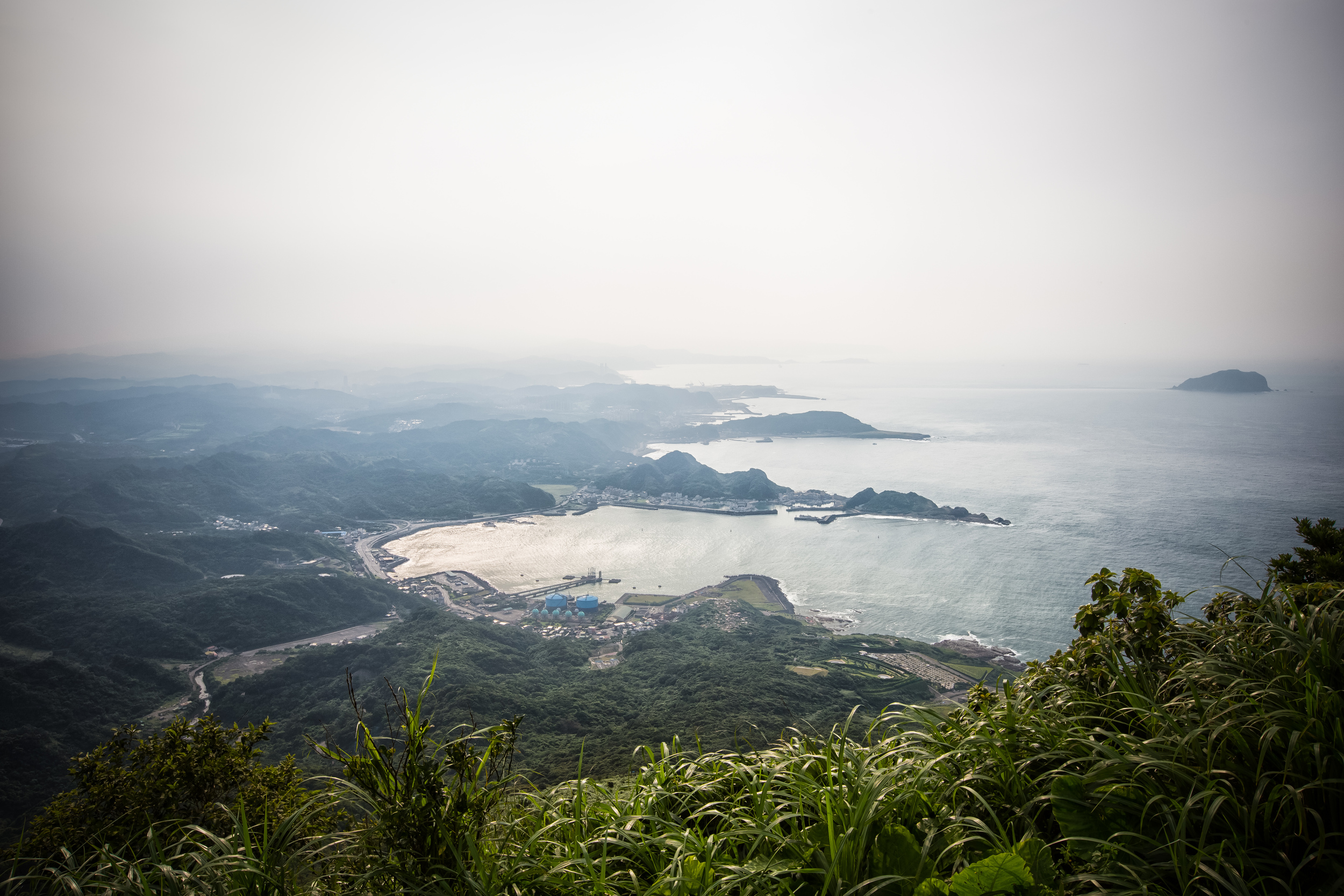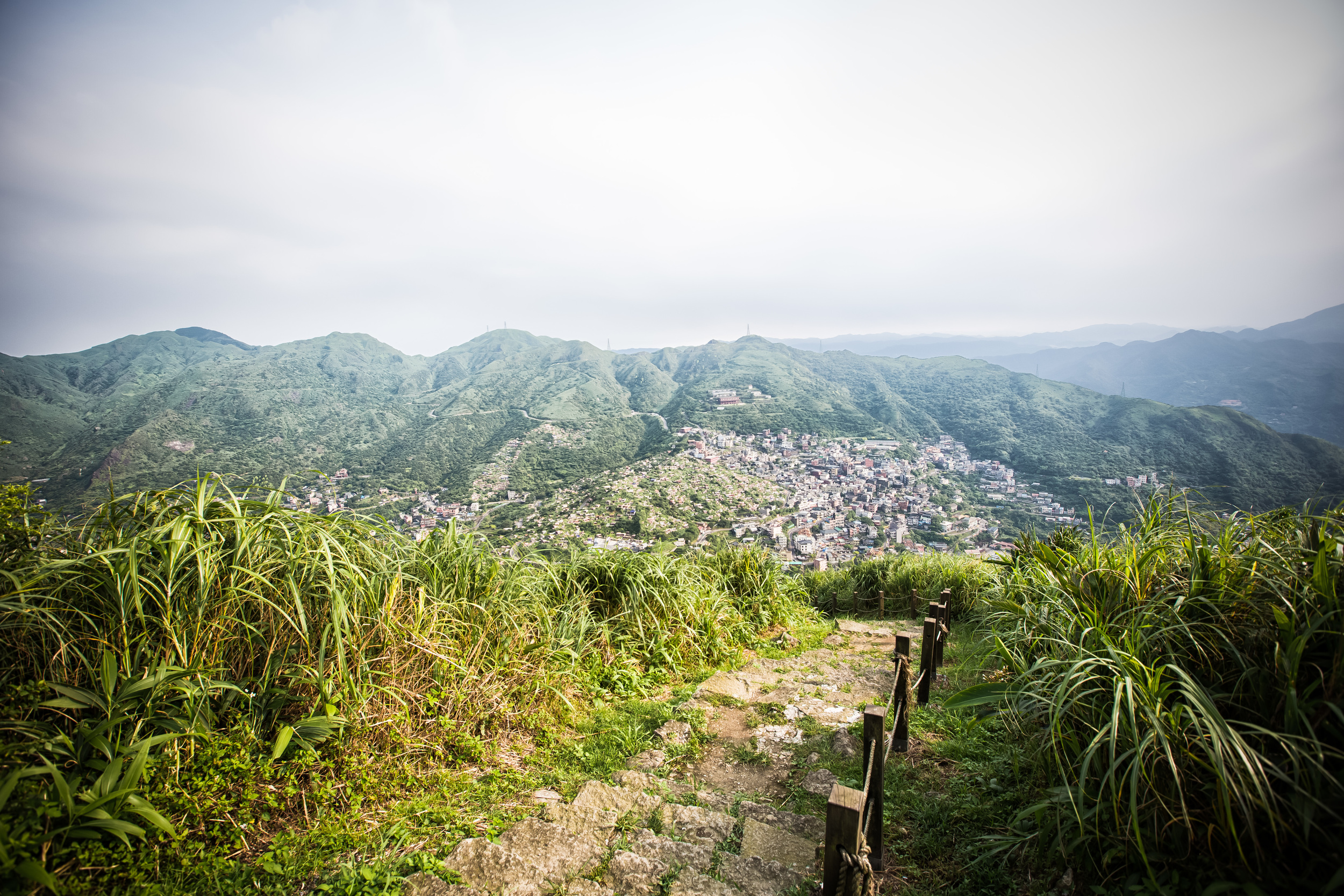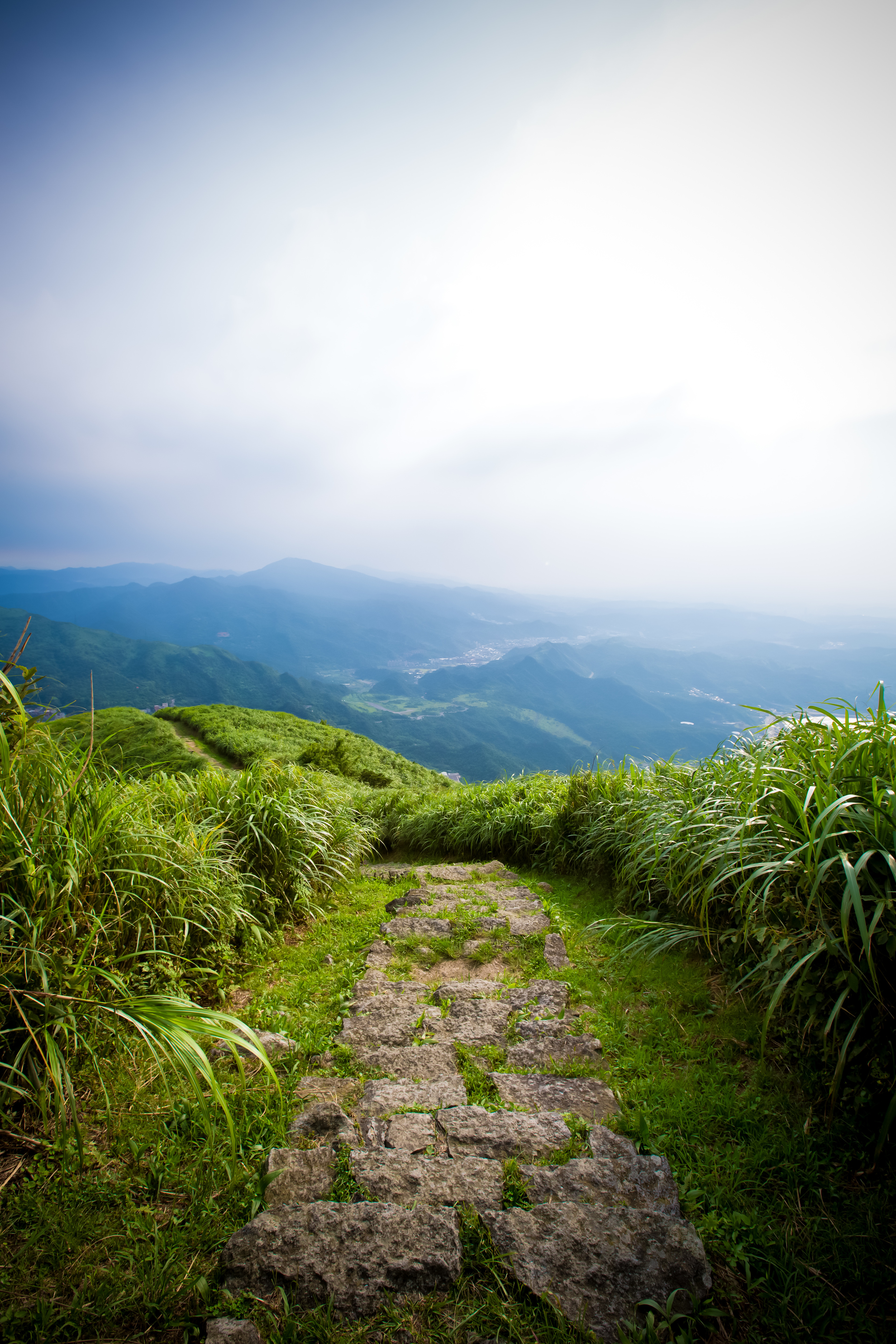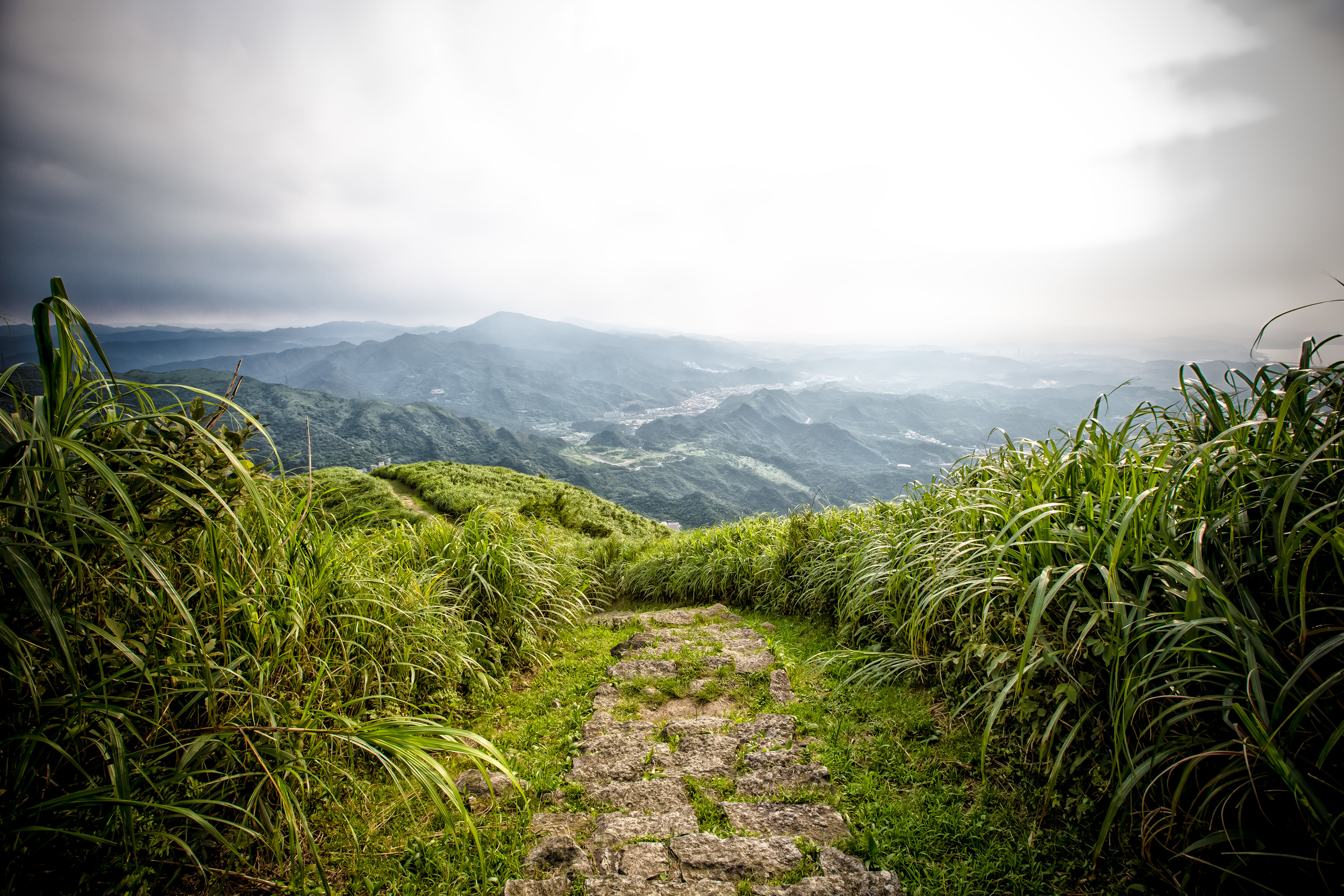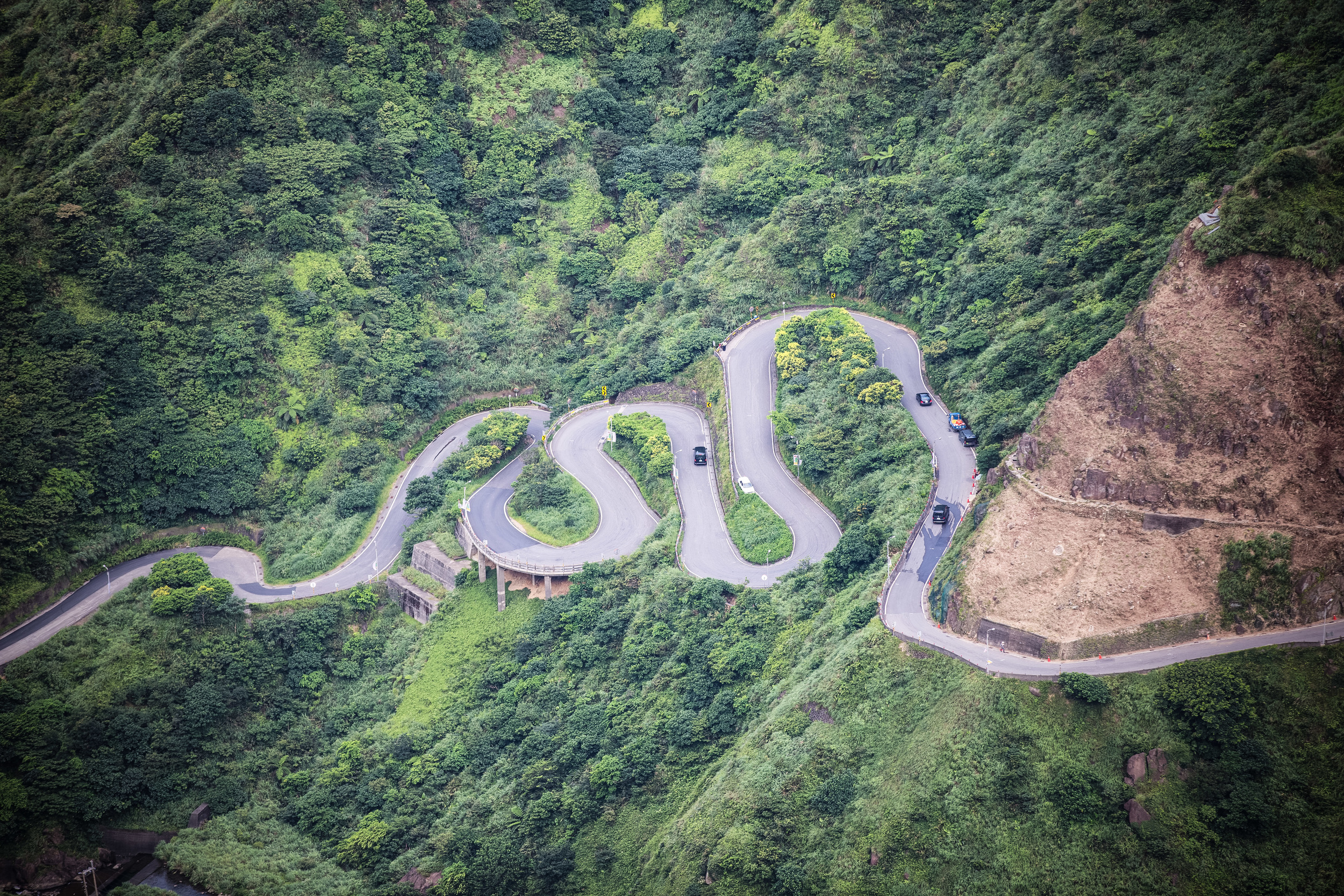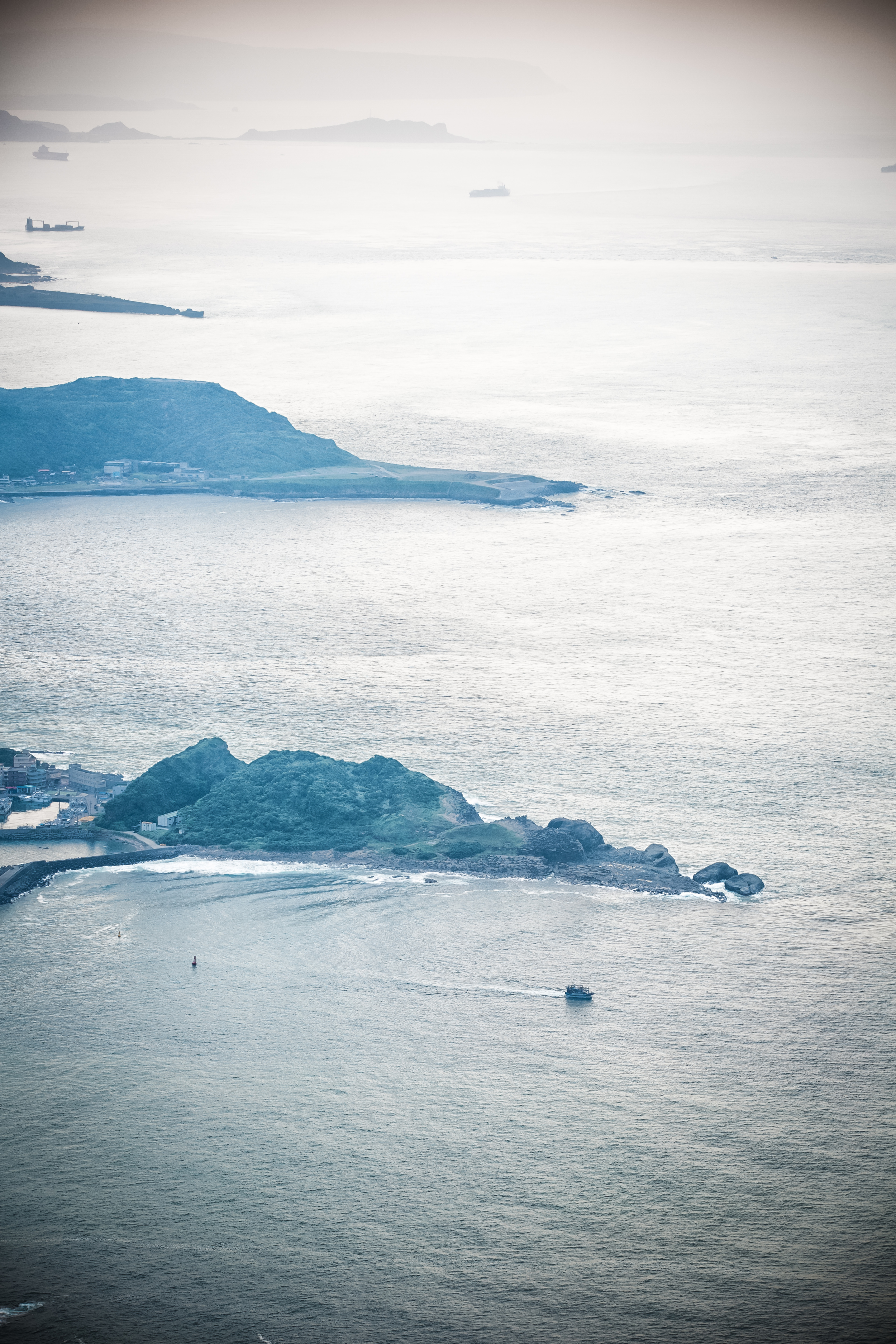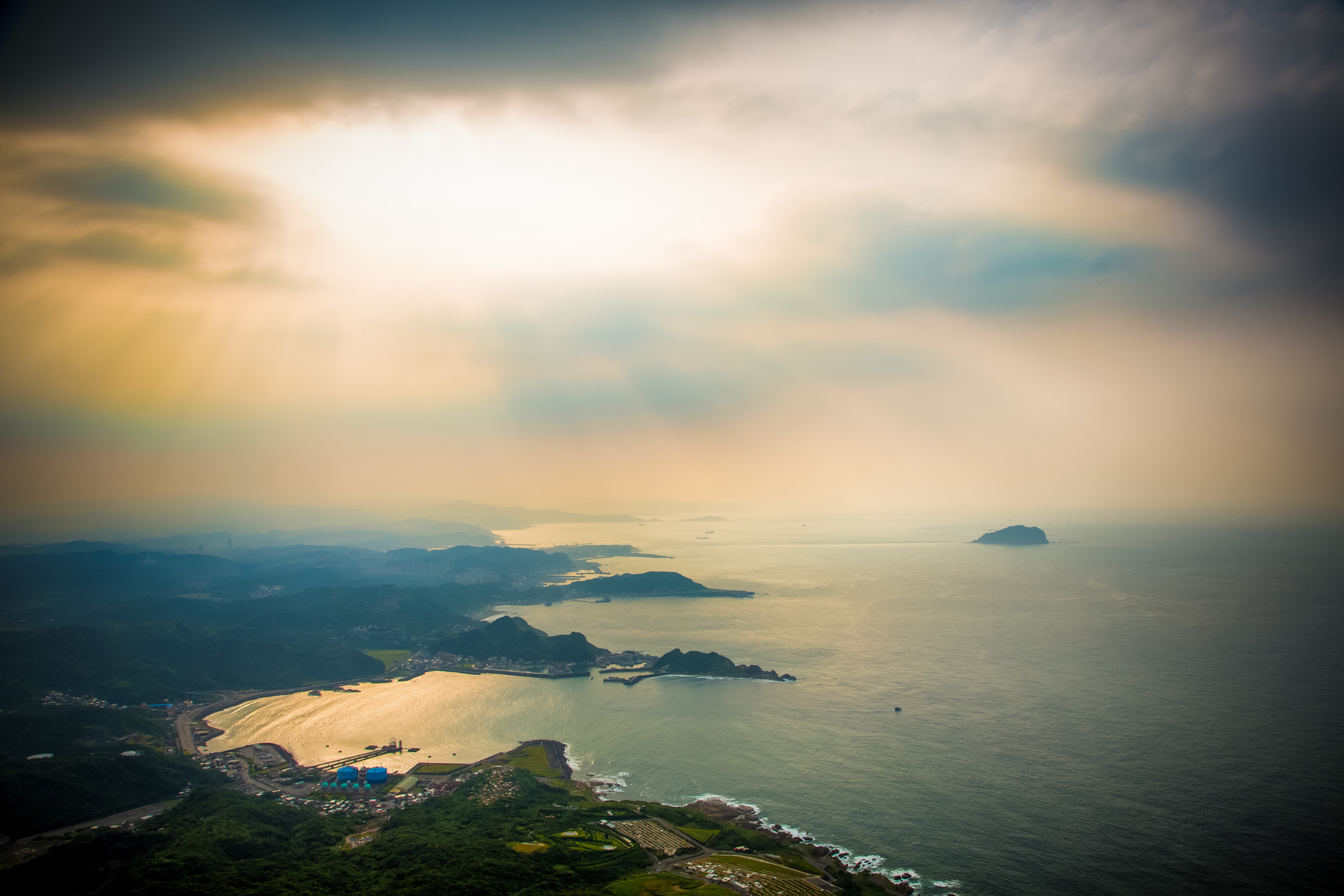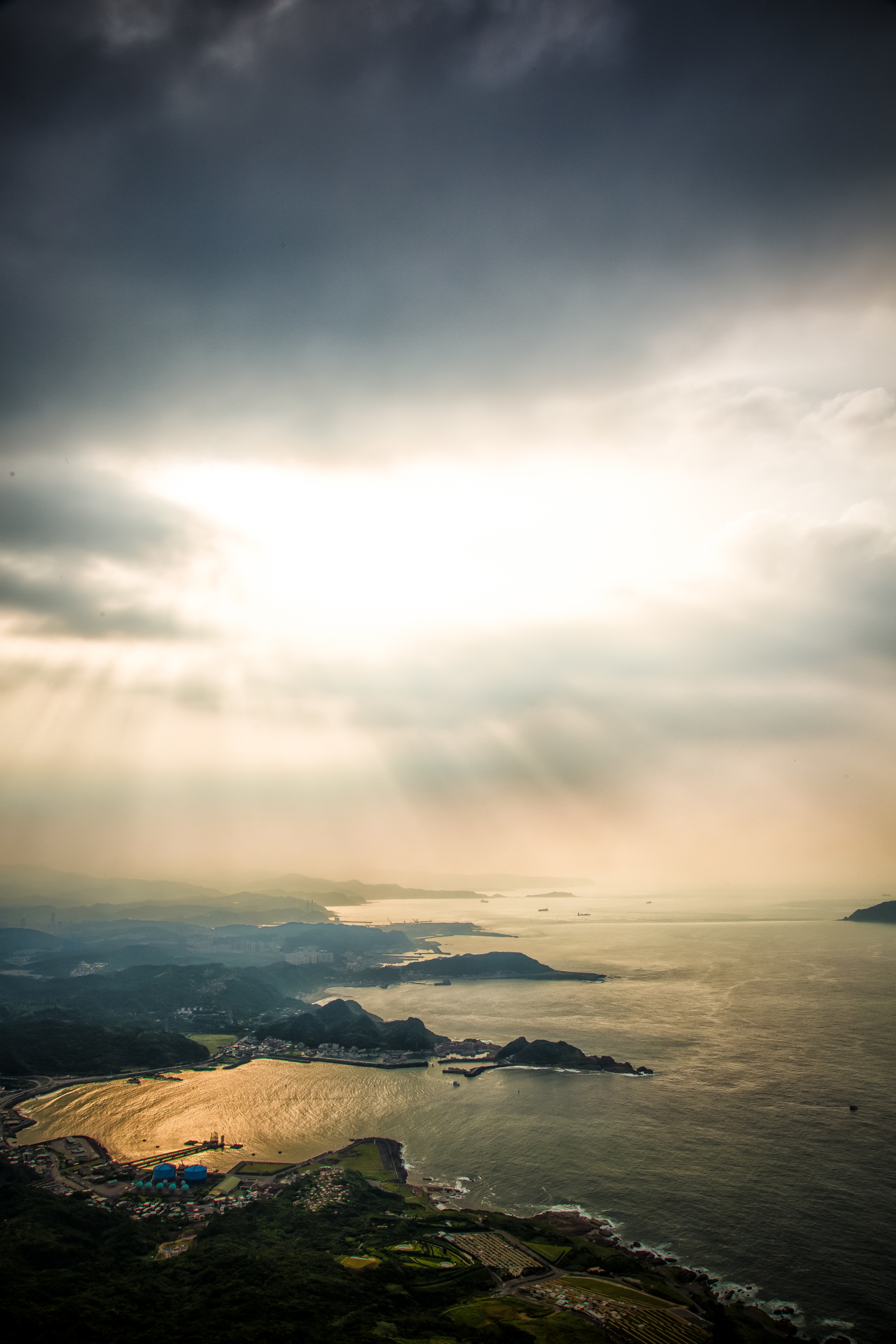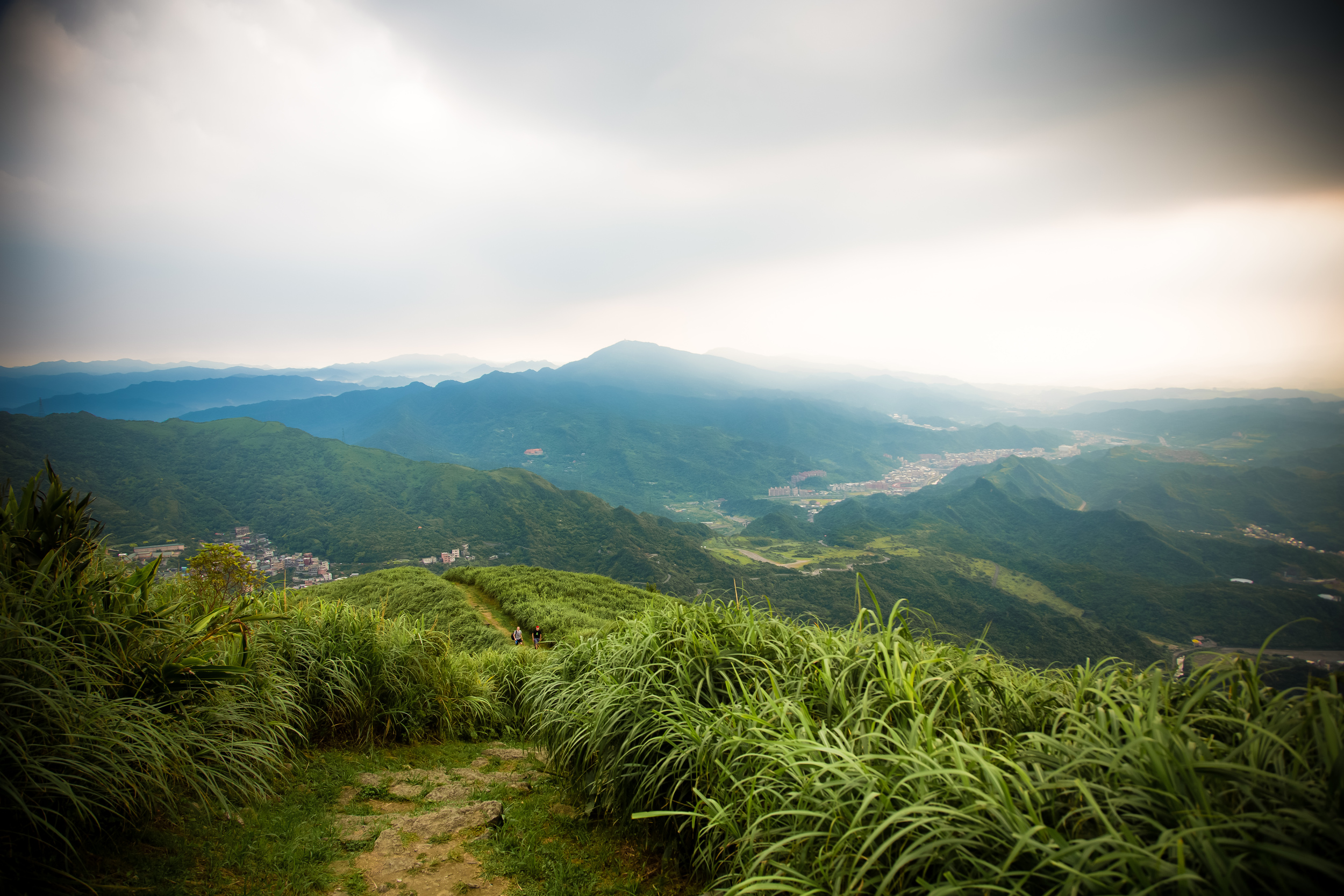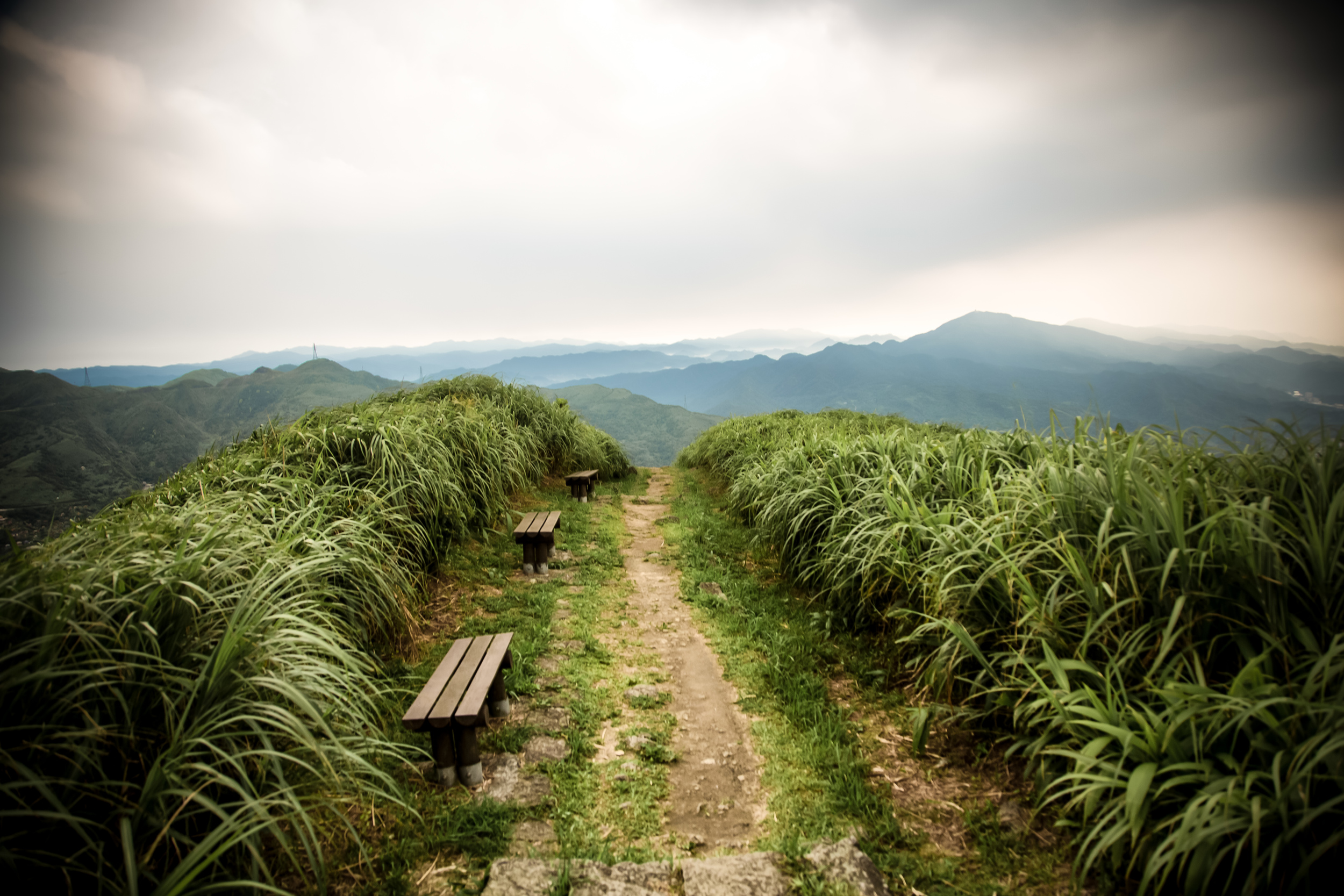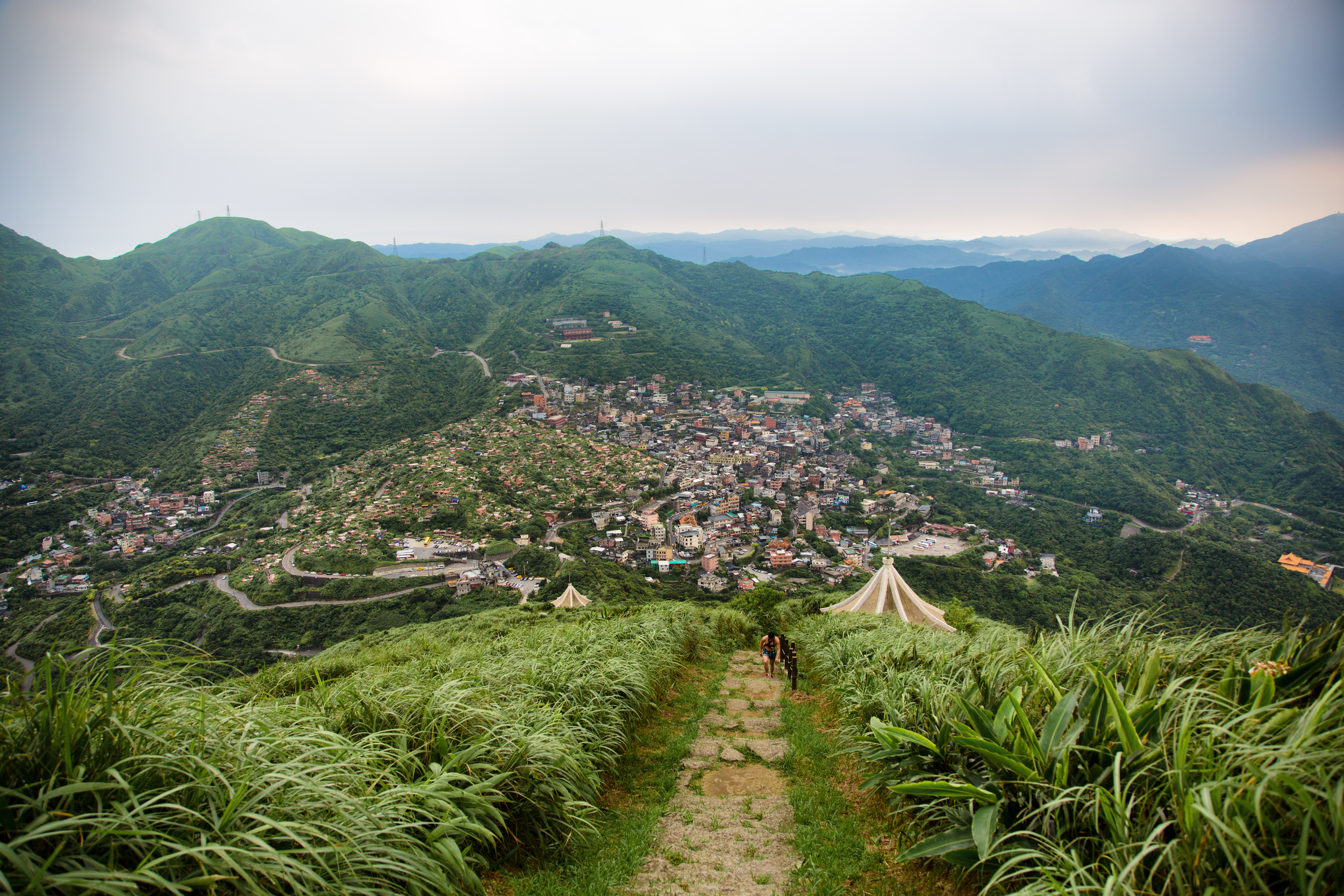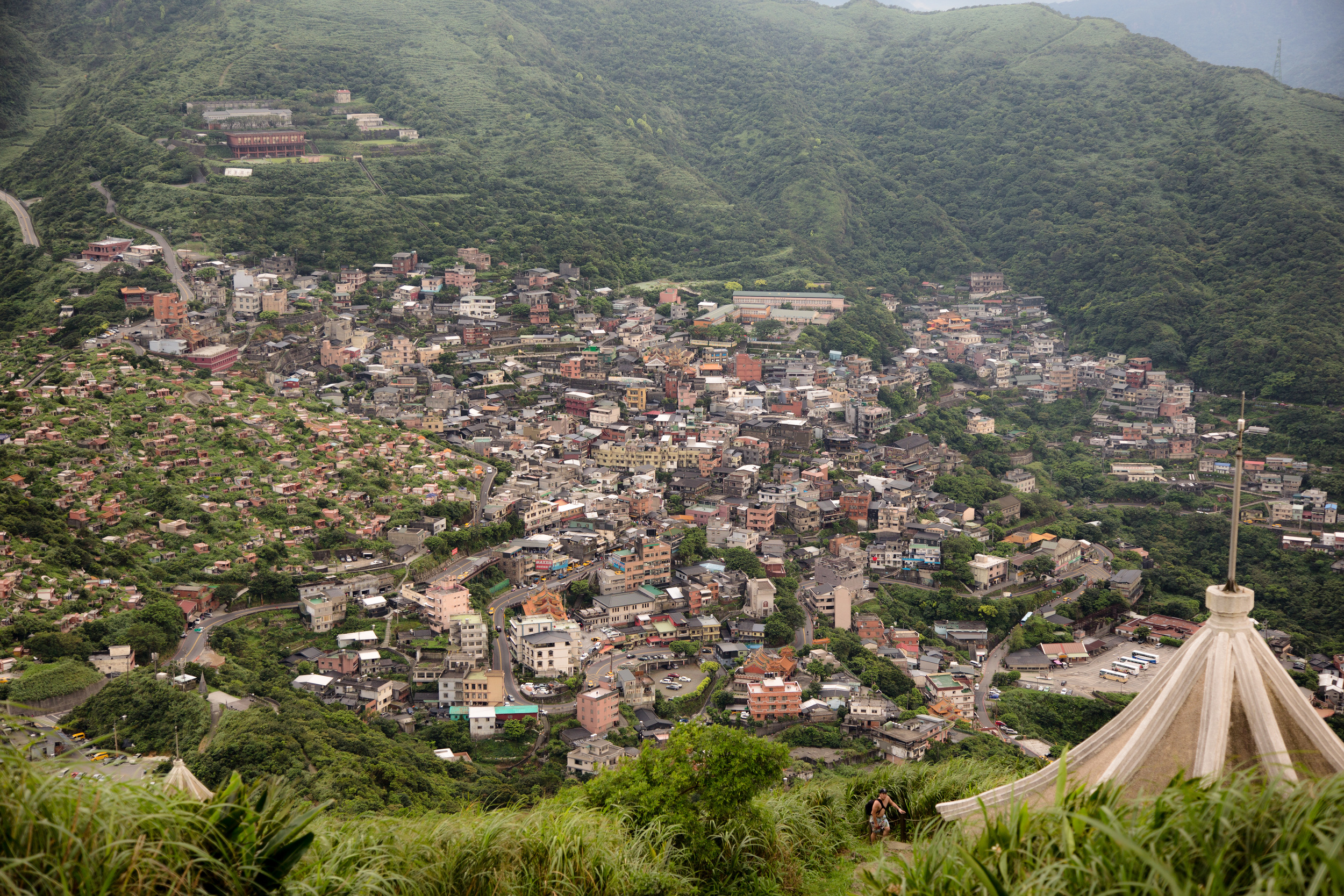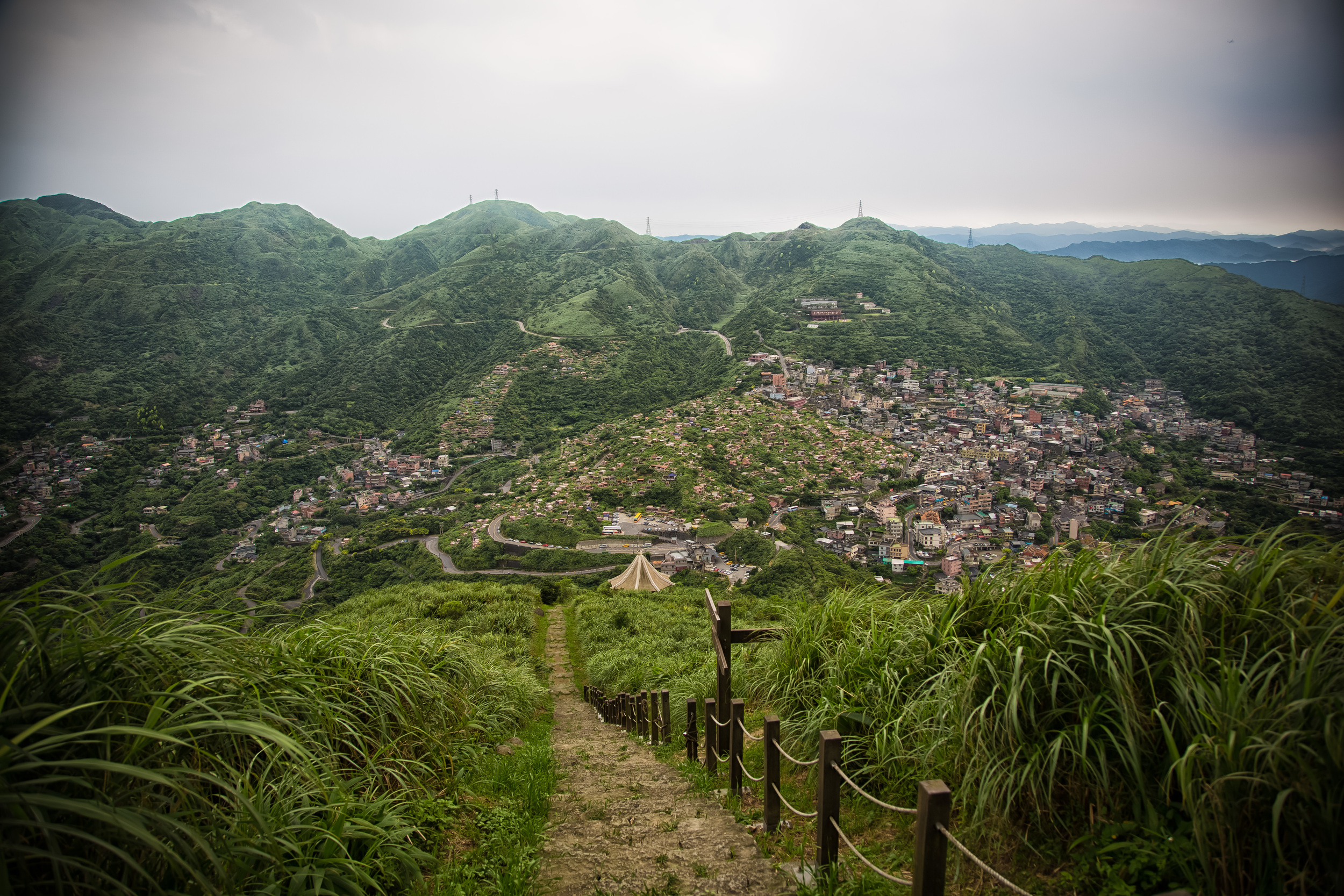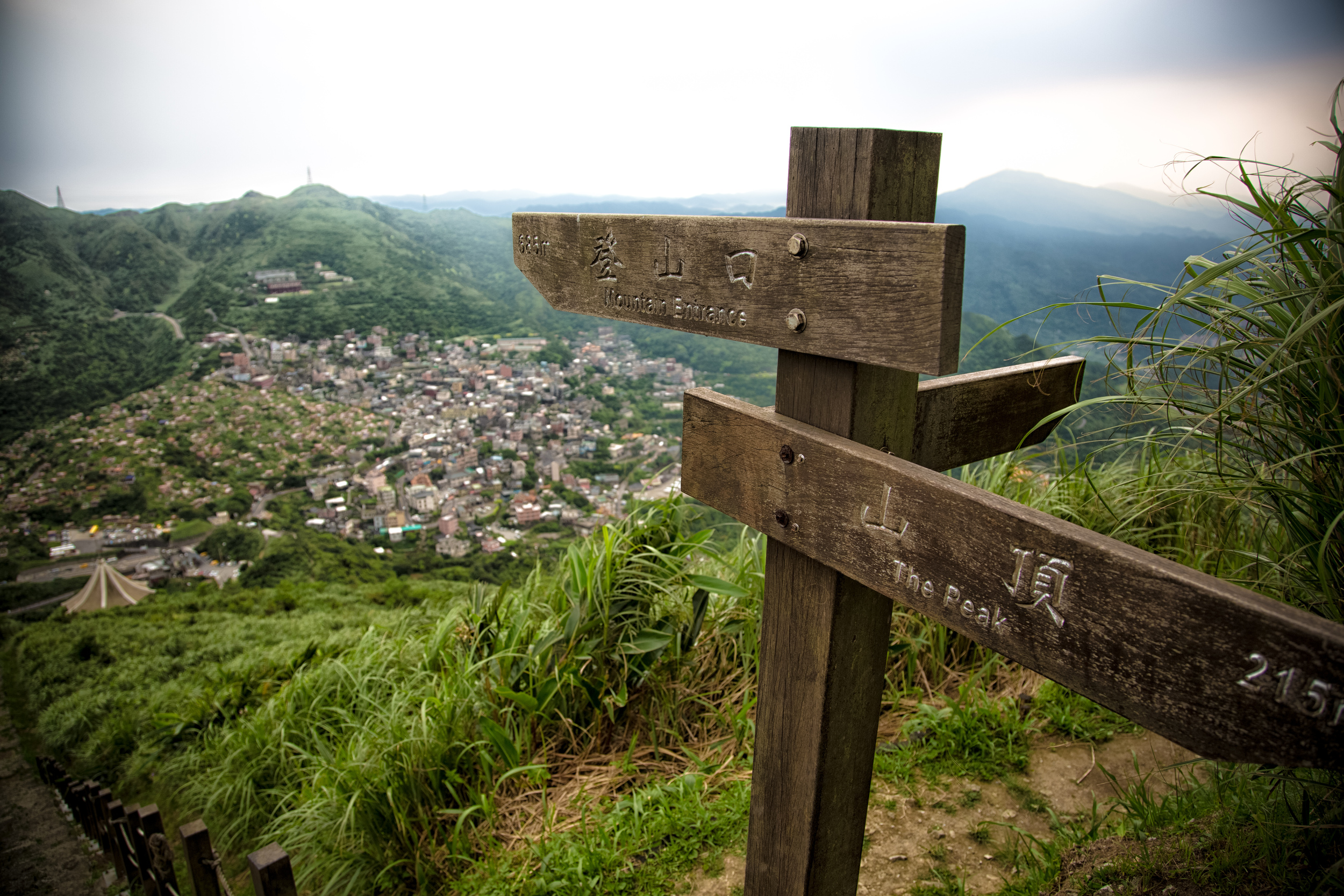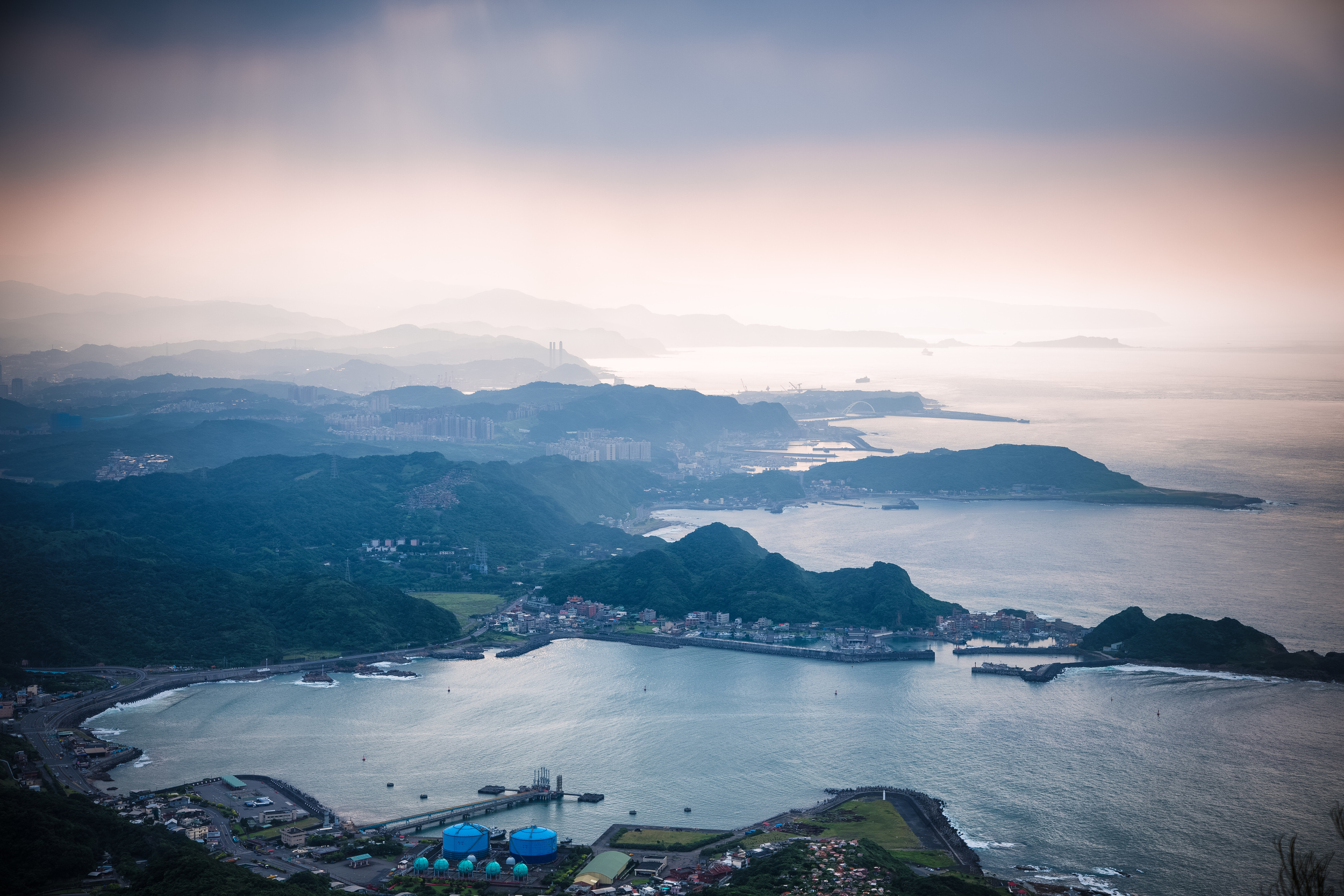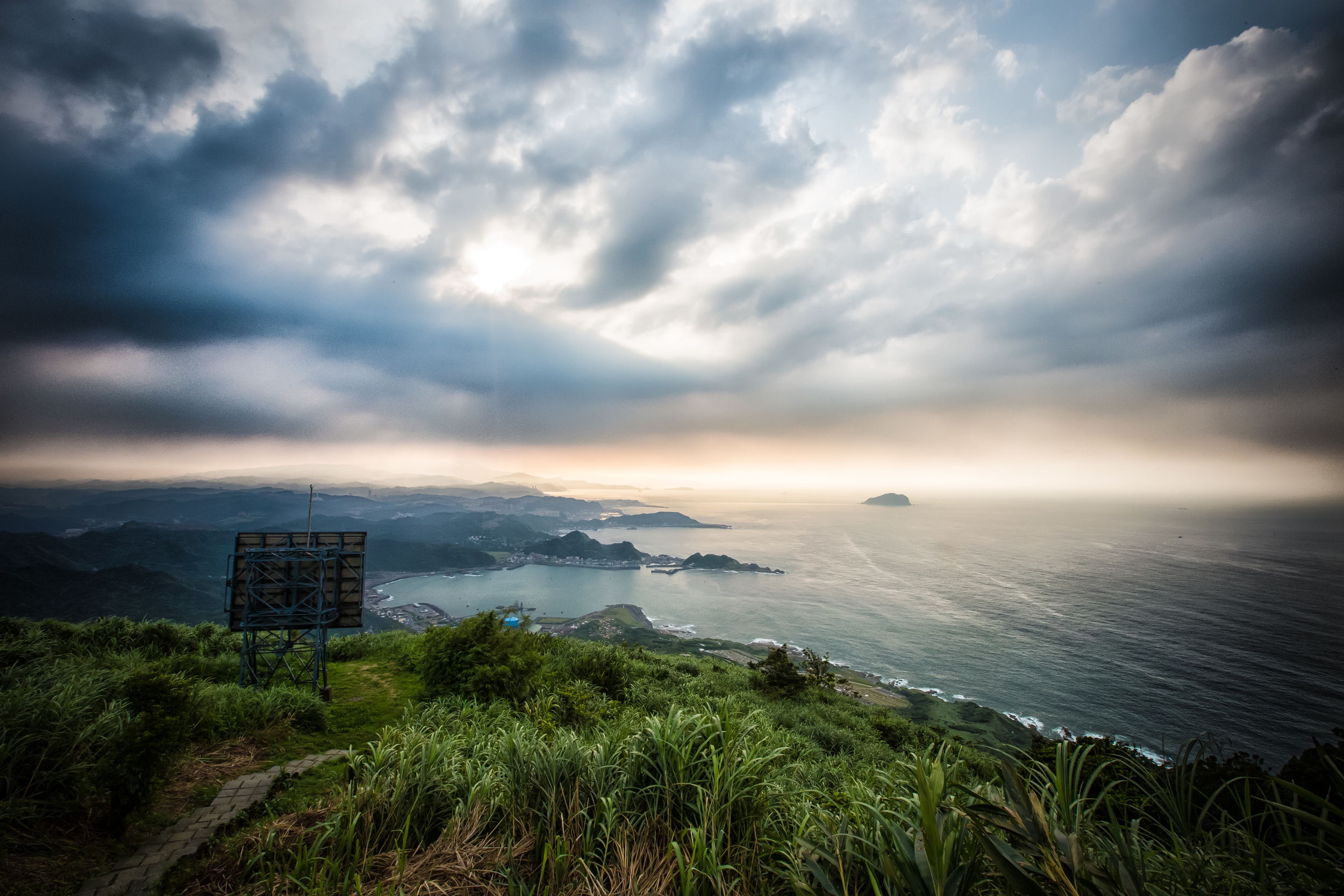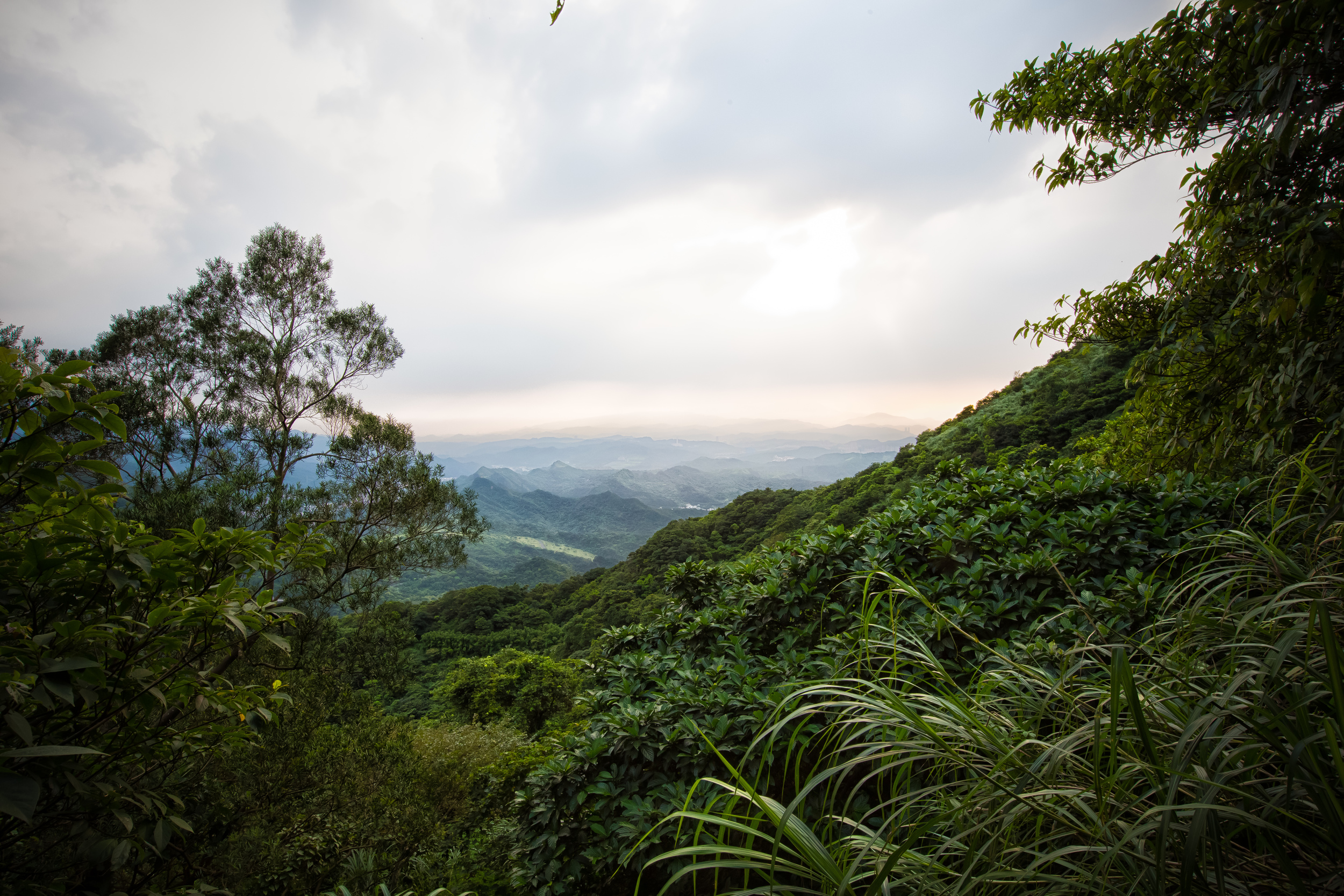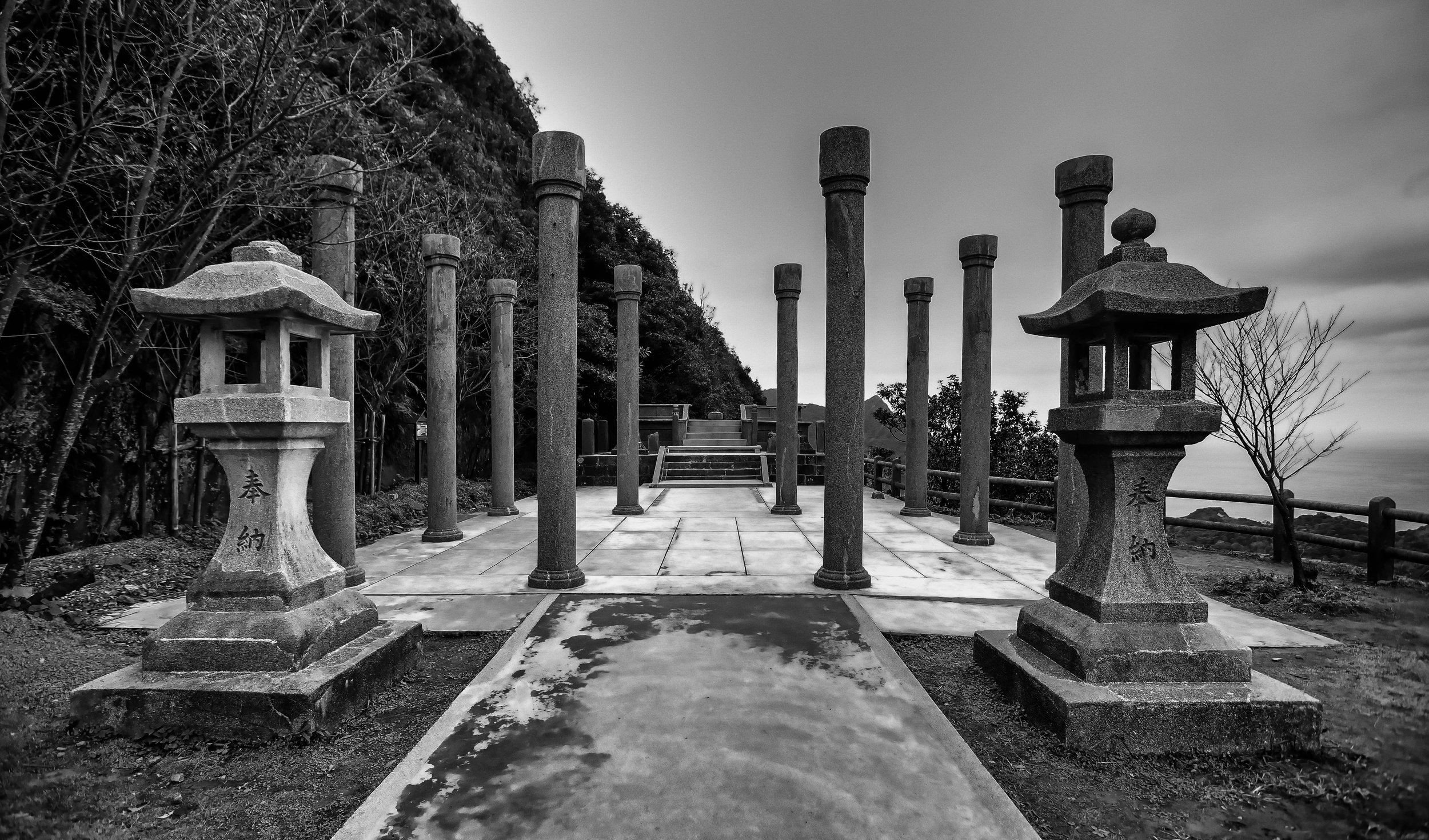The year 2014 turned out to be an extremely busy year for me. Apart from an increasing load of commercial work, I completed a lot of personal projects - most notably actually getting around to opening this site.
Truthfully, this site was a long time in the making, but I sat on my butt for a long time saying that I'd get the site online eventually and ultimately found that I procrastinated for far too long.
Suffice to say, a long-weekend and an 18 year old bottle of Glenfiddich gave me a push in the right direction and the design of the site and most of its content was more or less designed and ready in two days.
There is still a lot to do to improve and I will keep doing my best to stay on top of things and redesigning things so that the user experience is much more enjoyable.
Other than the website, I set a goal of finishing a certain amount of hikes before the year was up and I’m happy to say that I completed all of them and more. One of my favourite hobbies apart from photography is mountain-climbing. I love getting outdoors and Taiwan has a multitude of great hikes that are easily accessible from where I live.
I’ve done so many hikes this year though that there is a major backlog of photos to process and it may seem like the majority of my blog posts since this site has gone online have been from hikes.
Rest assured that I plan on moving on from that soon enough - although there are a few more blogs coming up which should be mixed in with some cultural events.
Speaking of which, there are a lot of cultural events coming up here in Taiwan just as the new year gets underway which includes the Asian Lunar New Year, Lantern Festival, the Sky Lantern Festival and many other religious events in Taiwan that I plan on covering for both commercial work and for this site which should add a lot more content
Admittedly, I’m extremely terrible at selling myself. I’m especially terrible at talking about personal accomplishments or things that would just add to my ego. I’m not the kind of photographer who shares tear sheets or talks about clients that I've worked for. I can understand how its good for perspective clients to see your resume, references and a list of your accomplishments but I've tried to stay away from that often times to my own detriment.
One of my resolutions for the New Year is that I improve the way I market myself - and I think that this site was a good step in improving that although there is a lot more to do.
For my “Best Of 2014” post I thought for a while about how I would go about making this post and how the post would reflect my busy year in photography.
If I went about choosing all the shots that I thought were the best, you might think I was crazy because what I see in a photo is a lot different than other people - So I thought the best way to go about it was to do it scientifically. The heart is good at lying to you when you are proud of something. Numbers on the other hand don't lie.
I took a few hours and went through my all my photo posts throughout all my social-networks and chose the 10 most popular shots based on a formula including variables such as views, likes, shares and comments.
Most of the shots wouldn’t have been on my personal list of favourites, but you are all more important than I am and your opinions do matter.
1. Occupy Central Solidarity Protest in Taipei
I shot this one while on assignment covering a solidarity protest at Liberty Square (自由廣場) in Taipei. The #OccupyCentral protests happened at a time when the Sunflower Protests had finished and sparked a movement in Taiwan to show people in Hong Kong that they weren't alone in their struggle for democracy. The shot resonated well with people in Hong Kong who shared it and commented with their thanks to the people of Taiwan for their support and well wishes.
2. Honour Guard Duty at Chiang Kai Shek Memorial Hall
I took this shot during the changing of the guard on Taiwan's National Holiday on October 10th. It was a sweltering day and these honour guards had to stand at attention in front of the Chiang Kai Shek Memorial for an hour. A close up view of the shot showed the amount of sweat on his skin. The shot was really popular on Google+ and 500px where people shared it as a symbol of national pride.
3. Chinese Garden in the Mountains
While on assignment at a traditional Chinese garden nestled in the mountains of Hsinchu county. I took this shot of the sun going down over the mountains surrounding the garden. This one was particularly popular on Facebook, 500px and Google+ and generated a lot of interest about the garden which is relatively unknown.
4. Sunset at the National Palace Theatre
This one is actually one of my favourite shots of the year. There are some technical details of the shot that I didn't like and tried to fix in photoshop, but I ended up posting it the way it was. This shot was taken during the preparations for Taiwan's National Holiday and found me in the Chiang Kai-Shek Memorial Hall area. The National Theatre and Concert Hall are beautiful buildings and are extremely photogenic. The park surrounding them as well as the Chiang Kai-Shek is a great place for photography and tourists to visit.
5. Pingxi Mountain Range
Landscape photography seems to always get a lot of activity on social media. This one was pretty popular even though I thought it wasn't particularly very special. This was taken from atop the Pingxi Crag Jiaozi Mountain (孝子山) looking at the village below with the mountain range behind it. It was a beautiful day and the light seemed to be just right at the time I arrived which caused this shot to become popular on Facebook, Google+ and 500px.
6. The Pain of Defeat
I tend not to like this style of photoshopping where you take out the colours of certain areas leaving only a specific area in colour. I made an exception with this shot though for technical reasons and for the setting of the mood. This was taken while on assignment during this year's Dragon Boat Festivities in Longtan. I liked this shot a lot because of the framing and the athletes look of absolute dejection after just losing the championship race.
7. A City All to Yourself
Elephant Mountain is a pretty popular hike in Taipei, especially with photographers. Shots from the mountain have ultimately become a bit cliche by this point, but when you share a shot like this on social media you get a lot of attention. When I arrived on top of the mountain, it was almost time for sunset and all the places to set up my tripod were taken up. So, being who I am, I climbed up on top of a rock and got a shot above everyone else. I liked the result of the shot and it was popular on social media - I'm still not that fond of the shot though as there are a million shots from the mountain.
8. Sunset at the Harbour Below
The sky opened up for me on this shot and it was actually kind of scary because I was on top of a mountain and about to get soaked. The rays of light you see peeking through the clouds were actually from rain and the clouds were quickly moving my way. This was taken near sunset though so the sky had some nice colour and the reflection of the sun on the harbour looked nice.
9. Warp Speed
I randomly took this shot on the Taipei MRT near Songshan Airport and it turned out to be one of my favourite shots of the year and was pretty popular on social media. To me, it looks a bit like something you'd see in one of the new J.J Abrams Star Trek movies where everything is shiny and overexposed with a beautiful colour palette.
10. Wish Factory
This shot was taken in Pingxi, an area of New Taipei City where sky lanterns tend to be the biggest attraction for tourists. The shot features a Taiwanese woman writing her wishes in calligraphy on a lantern that will eventually fly away in the sky. I really liked this shot and it turned out to be one of my favourite street shots of the year. The colours and the lighting worked out really well and I probably only spent about two minutes processing this photo in photoshop. Street Photography doesn't usually get a lot of attention on Facebook but this one did quite well there and even better on Google+ and 500px.
With that, 2014 is close to finishing here in Taiwan and it was a pretty good year for me. All of these shots were chosen by the people who follow me and I appreciate all of your continued support. I hope that 2014 was a great year for each and every one of you and I hope that the new year is just as great.


